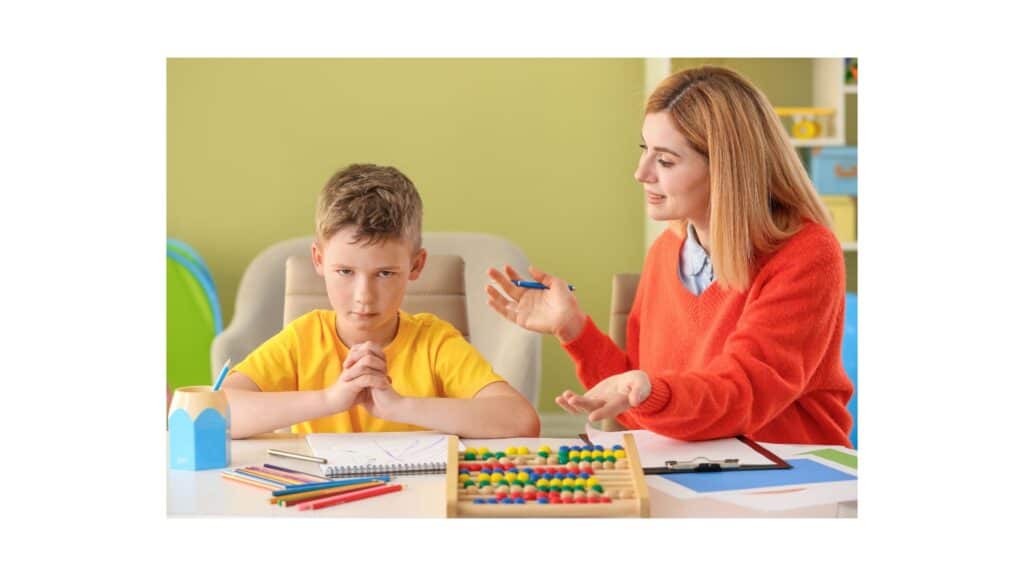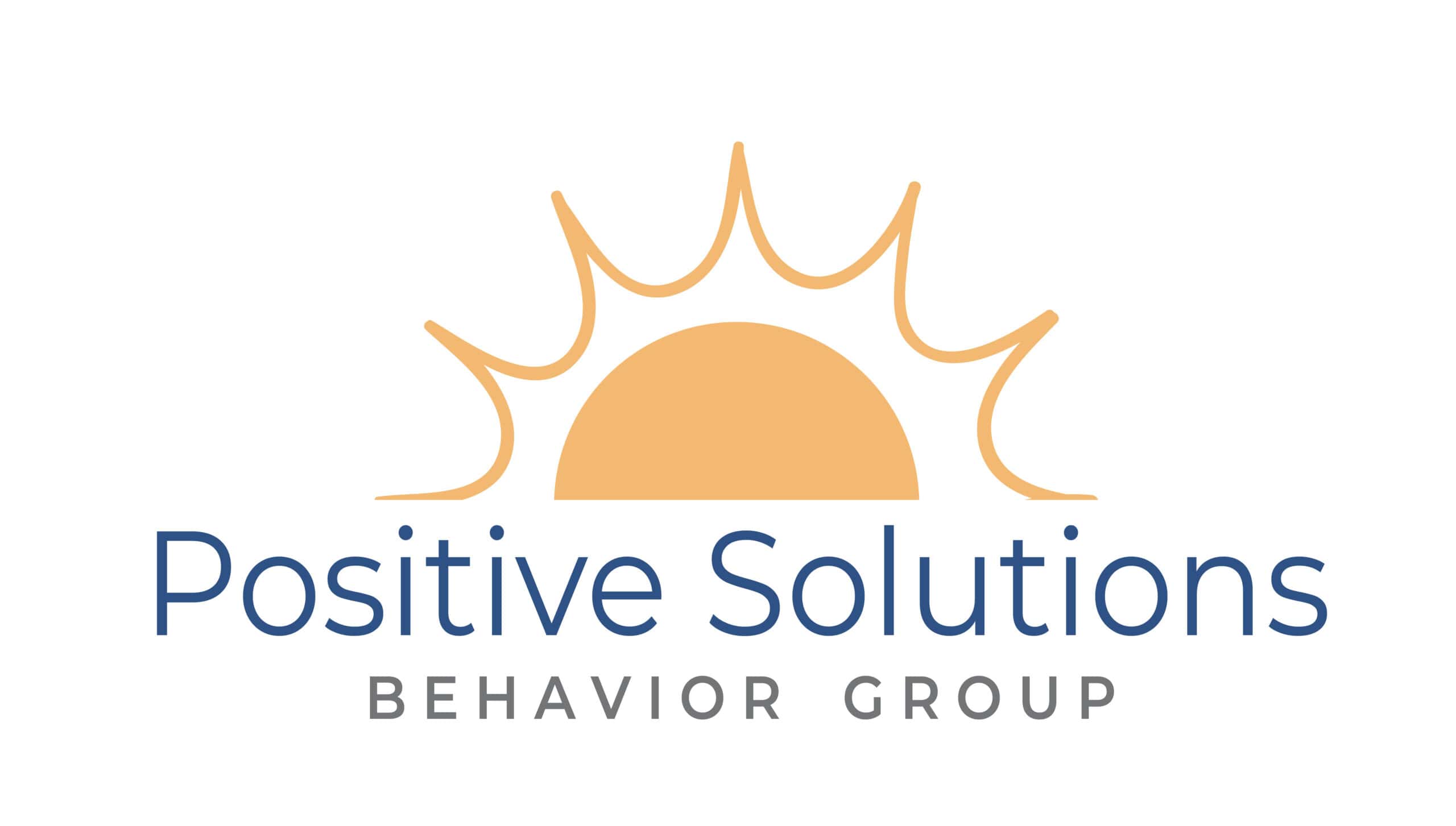Navigating the complex social landscape of adolescence can be daunting for any teenager, but for those on the autism spectrum, the journey can be especially challenging. Autism Spectrum Disorder (ASD) presents a unique set of obstacles, often hindering individuals from forming meaningful connections and understanding social cues. However, amidst these hurdles, there lies a realm of possibility and hope.
In this blog series, we delve into the lives of adolescents with ASD, exploring the social challenges they face and the strategies they employ to overcome them. From difficulties in communication to struggles with social reciprocity, each aspect of their journey offers insights into the resilience and determination inherent in these remarkable individuals.
Join us as we unravel the complexities of social interaction for adolescents with ASD and discover the innovative approaches that break down barriers, fostering inclusion, understanding, and acceptance in their communities.
The Role of Technology: Enhancing Socialization for Adolescents with ASD
In recent years, technology has emerged as a powerful tool in enhancing the socialization experiences of individuals with Autism Spectrum Disorder (ASD). Adolescents with ASD often face significant challenges in navigating social interactions, but with the right technological support, they can develop crucial social skills, forge meaningful connections, and thrive in social settings. This article explores the diverse ways in which technology is revolutionizing socialization for adolescents with ASD, offering innovative solutions and opportunities for empowerment.
Social Skills Apps
Social skills apps have gained popularity as effective tools for teaching and reinforcing social skills in adolescents with ASD. These apps often utilize interactive games, visual aids, and real-life scenarios to teach concepts such as conversation initiation, perspective-taking, and understanding emotions. By engaging with these apps in a safe and controlled environment, adolescents with ASD can practice and master essential social skills at their own pace, boosting their confidence and competence in social interactions.
Virtual Reality Programs
Virtual reality (VR) technology holds immense promise in providing immersive socialization experiences for adolescents with ASD. VR programs simulate real-life social scenarios, allowing individuals to practice social skills in a controlled and customizable environment. From simulated job interviews to virtual social gatherings, adolescents with ASD can engage in lifelike social interactions, receive feedback, and gradually desensitize themselves to social anxiety triggers. VR technology offers a safe and low-pressure way for adolescents with ASD to build confidence and proficiency in social settings.
Online Support Communities
The internet has facilitated the creation of online support communities specifically tailored to individuals with ASD and their families. These communities provide a platform for adolescents with ASD to connect with peers who share similar experiences, interests, and challenges. Whether through forums, chat groups, or social media platforms, adolescents with ASD can engage in discussions, seek advice, and offer support to one another. Online support communities foster a sense of belonging and acceptance, empowering adolescents with ASD to build social connections and combat feelings of isolation.
Social Media Platforms
While social media platforms have their drawbacks, they also offer unique opportunities for adolescents with ASD to practice social skills and cultivate friendships. Social media allows individuals to communicate asynchronously, which can be less overwhelming for those with ASD who struggle with real-time interactions. Through messaging, commenting, and sharing content, adolescents with ASD can engage in social exchanges at their own pace and express themselves in a comfortable environment. Social media platforms can serve as valuable tools for adolescents with ASD to connect with peers, share common interests, and expand their social networks.
Assistive Communication Devices
For adolescents with ASD who experience challenges with verbal communication, assistive communication devices play a crucial role in facilitating social interactions. These devices range from simple picture exchange systems to sophisticated speech-generating devices, enabling individuals with ASD to express their thoughts, needs, and emotions effectively. Assistive communication devices empower adolescents with ASD to participate in conversations, initiate interactions, and establish connections with others, thereby enhancing their socialization experiences and fostering independence.
Peer Mentoring Programs: Empowering Adolescents with ASD to Succeed Socially
Navigating the complexities of social interactions can be particularly challenging for adolescents with Autism Spectrum Disorder (ASD). Peer mentoring programs have emerged as a powerful intervention to address these challenges, offering support, guidance, and friendship from peers who understand and accept individuals with ASD. In this article, we explore the important key points of peer mentoring programs and how they empower adolescents with ASD to succeed socially.
- Shared Experience and Understanding: Peer mentoring programs pair adolescents with ASD with neurotypical peers who have been trained to provide support and guidance. These mentors often share similar interests and experiences, creating a sense of camaraderie and understanding that can be lacking in other social interactions.
- Social Skills Development: Through structured activities and interactions facilitated by peer mentors, adolescents with ASD have opportunities to practice and refine their social skills in a supportive environment. Mentors provide feedback, model appropriate behaviors, and help adolescents navigate social challenges, empowering them to become more confident and competent in social settings.
- Building Confidence and Self-Esteem: Peer mentoring programs focus on strengths and abilities rather than deficits, fostering a positive and empowering environment for adolescents with ASD. By receiving encouragement and validation from their mentors, adolescents develop greater confidence in their social abilities and a more positive sense of self-esteem.
- Expanding Social Networks: Peer mentors serve as bridges to broader social networks, introducing adolescents with ASD to new friends, interests, and social opportunities. Through their interactions with mentors and participation in group activities, adolescents with ASD can expand their social circles and develop meaningful connections with peers outside of the program.
Building Social Skills: Tips and Techniques for Teens with Autism Spectrum Disorder
Understand Social Cues
One of the fundamental challenges for teens with ASD is interpreting social cues. Encourage your teen to pay attention to verbal and nonverbal cues, such as facial expressions, tone of voice, and body language. Role-playing scenarios and using visual aids can be helpful in teaching them to recognize and understand these cues.
Practice Active Listening
Effective communication involves not only expressing oneself but also listening attentively to others. Teach your teen the importance of active listening, which includes maintaining eye contact, nodding to show understanding, and asking clarifying questions. Encourage them to practice these skills during conversations with family members, friends, and peers.
Develop Conversation Skills
Engaging in conversations can be challenging for teens with ASD, but it’s a skill that can be learned and improved over time. Help your teen practice initiating conversations by teaching them how to greet others, ask open-ended questions, and share relevant information about themselves. Encourage them to find common interests with their peers to facilitate meaningful conversations.
Learn Social Rules and Norms
Social rules and norms may not always be intuitive for teens with ASD, so it’s essential to provide explicit instruction on appropriate social behaviors. Role-playing different social scenarios and discussing expected behaviors in various settings, such as school, parties, and community events, can help reinforce these rules.
Manage Social Anxiety
Many teens with ASD experience social anxiety in unfamiliar or overwhelming social situations. Teach your teen relaxation techniques, such as deep breathing or visualization, to manage anxiety symptoms. Encourage them to practice self-care activities and identify strategies that help them feel more comfortable and confident in social settings.
Conclusion
Positive Solutions Behavior Group LLC, we are dedicated to addressing the complex social challenges faced by adolescents with Autism Spectrum Disorder (ASD) through tailored interventions and support systems. By fostering a nurturing and inclusive environment, we strive to empower individuals with ASD to navigate social interactions with confidence and proficiency. Through our comprehensive approach, we aim to facilitate their integration into various social contexts, promoting independence and enhancing their overall quality of life. Contact us at 859-282-0400 in Florence, Kentucky, USA, to embark on this transformative journey with us.






